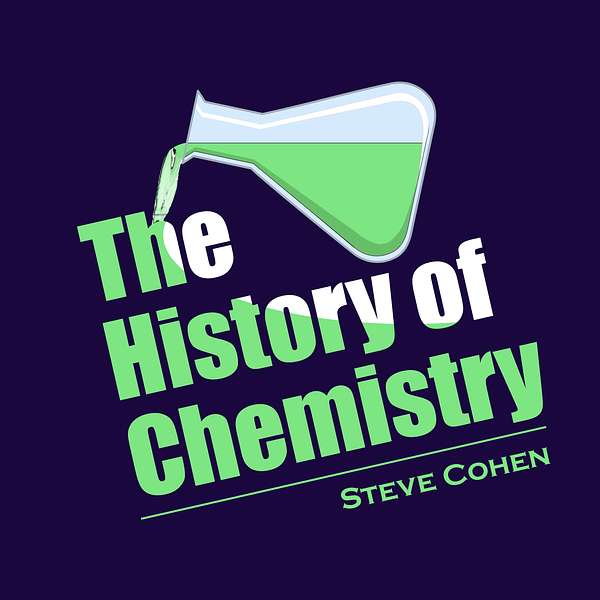
The History of Chemistry
Chemistry is everywhere, and involves everything. But how did chemistry get to be what it is? I'm Steve Cohen, a chemist and writer, bringing you The History of Chemistry. This podcast explores the development of chemistry from prehistoric times to the present, including the people and societies who made chemistry what it is today. The History of Chemistry is for you, whether you hated chemistry in high school, or got a PhD in inorganic chemistry. We'll explore how chemistry affected art, music, language, politics and vice-versa. Whether it's ancient Greek philosophers, medieval alchemists, or modern laboratory apparatus, it's all here. Don't forget to support my series at https://www.patreon.com/thehistoryofchemistry !
The History of Chemistry
122: Catch the 'Wave
•
Steve Cohen
•
Episode 122
Even though the potential for using microwaves to do chemistry was there since 1946, it wasn't until the late 1970s that the first use of microwaves in the chemistry laboratory appeared. This episode covers the development of microwave chemistry from moisture analyzers to significant study of reactions, and then finally laboratory-standard microwave ovens appeared. We mention the controversy between Gregory Dudley and Oliver Kappe as to whether there were some special properties of microwaves that made reactions speed up. We talk of the reasons that chemists now preferentially zap their reactants with microwaves over traditional chemical methods.
- Support my podcast at https://www.patreon.com/thehistoryofchemistry
- Tell me how your life relates to chemistry! E-mail me at steve@historyofchem.com
- Get my book, O Mg! How Chemistry Came to Be, from World Scientific Publishing, https://www.worldscientific.com/worldscibooks/10.1142/12670#t=aboutBook